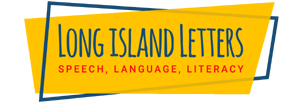LONG ISLAND BILINGUAL SPEECH LANGUAGE THERAPY
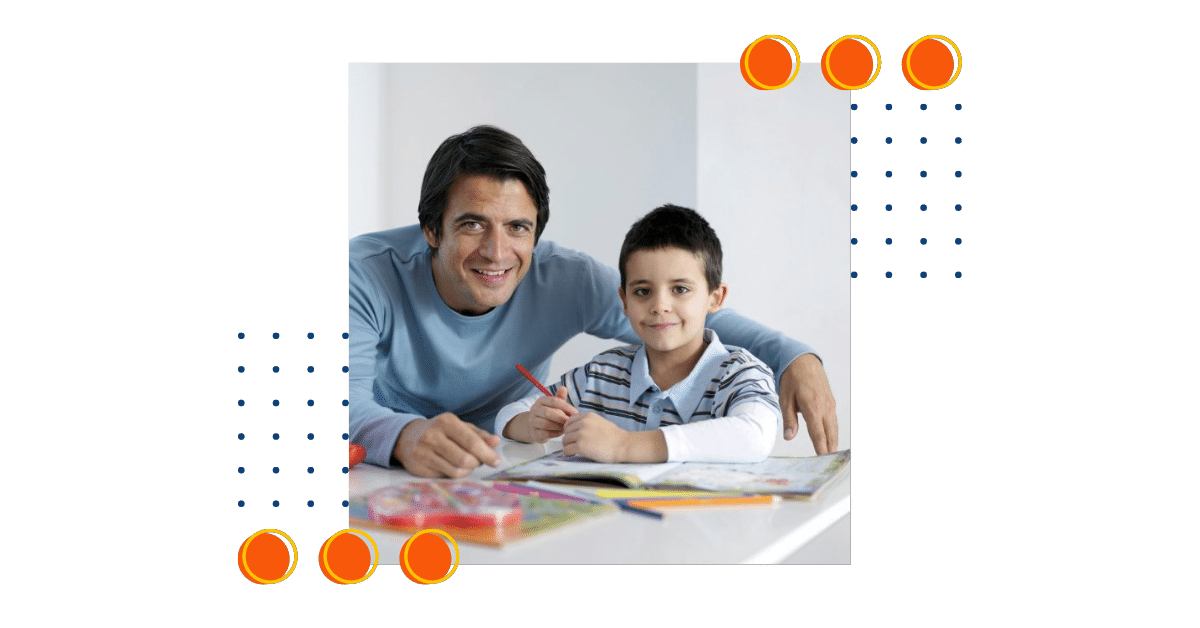
LONG ISLAND BILINGUAL SPEECH LANGUAGE THERAPY

Our Speech Therapist Come to Your Long Island Home! | Best In-Person Private Pay Bilingual Speech Language Therapy | Free Consultation and Meet & Greets With Our Staff
Our Speech Therapist Come to Your Long Island Home! | Best In-Person Private Pay Bilingual Speech Language Therapy | Free Consultation and Meet & Greets With Our Staff
LONG ISLAND (NASSAU AND SUFFOLK COUNTIES) NEIGHBORHOODS
We also travel to Hamptons (summer speech language therapy)
Our Speech-Language Pathologists and Therapists
We travel to you and we also offer remote services. Some of our speech-language pathologists are trained in the Orton Gillingham approach. Many of our speech-language pathologists are trained in literacy and offer support with decoding,
spelling and reading fluency services. Our speech-language pathologists and therapists work with babies, toddlers, school-age students, and adults with expertise in:
- Pronunciation/Enunciation
- Articulation
- Expressive Language Disorder
- Writing & Speaking Therapy
- Comprehension- Listening & Reading
- Listening Comprehension
- Auditory Processing
- Vocabulary
- Teens – Language Therapy
- Stuttering
- Feeding
- Oral Motor
- Voice
- AAC
- Adult Speech Therapy
- Public Speaking
- Accent Reduction Modification Speech Therapy
Our Speech-Language Pathologists and Therapists
We travel to you and we also offer remote services. Some of our speech-language pathologists are trained in the Orton Gillingham approach. Many of our speech-language pathologists are trained in literacy and offer support with decoding, spelling and reading fluency services. Our speech-language pathologists and therapists work with babies, toddlers, school-age students, and adults with expertise in:
We offer bilingual speech-language therapy in the following languages: Spanish, Italian, Russian, Hebrew, French, Haitian – Creole, Polish, Hungarian, Ukrainian, French, Portuguese, Yiddish, Arabic, Turkish, Japanese, Cantonese, Greek, German, & Serbian
Statistics estimate that over half of the world’s population is bilingual or can communicate in more than one language. According to the American Speech-Language-Hearing Association (ASHA), bilingualism can be considered a continuum of language skills. However, an individual’s skills and proficiency in these languages can vary and change depending on time, social situations, and the people with whom one speaks.
The process by which a second language is acquired can either be simultaneous or sequential. Simultaneous bilingualism involves introducing two languages before age three and acquiring both at the same time. On the other hand, sequential bilingualism refers to the introduction of another language after age three or after a certain level of proficiency is achieved in the primary language. This is also known as successive bilingualism. Dual language learners and English learners also fall into this category. These are individuals who have mastered their first language and are learning a second language (such as English) for social, academic, and professional purposes.
Difference vs. Disorder
- Phonology- Linguistic development in bilingual children can take different forms than in monolingual children and may include phonological patterns caused by transfer or interference from another language (Goldstein & Gildersleeve-Neumann, 2012). Recognizing dialectal variations and the influence of accents is an essential component of phonological assessment.
- Morphology- Grammatical structures are not constant across languages. Pronouns, verb conjugation, verb inflection structures, tense, etc., may not exist equally in each language a bilingual individual speaks. The assessment considers the frequency and types of errors observed in individuals and morphological patterns to determine whether they result from a disorder or a difference caused by bilingual language development.
- Morphosyntax- According to some studies, morphosyntactic language development in bilingual individuals may be similar to monolingual individuals’ rate and order of acquisition (Bedore, Cooperson & Boerger, 2012). However, research is limited, and individual performance may vary depending on a variety of factors.
- Syntax- Because syntactic structures vary across languages, underlying syntactic deficits will likely manifest differently. The perceptual salience of morphemes and syntactic structures may also influence the difficulty in developing syntactic structures. Significant deficits in morphemes with limited perceptual salience have been observed in children with SLI. (Restrepo & Guiterrez-Clellen, 2012). Additionally, the other may influence grammatical structures in either language (Paradis et al., 2011). Consider if the patterns observed are due to an underlying deficit, which may manifest differently across languages, or due to a difference, such as the transfer of a grammatical structure from one language to another.
- Semantics- Clients may learn specific words and/or categories of words in their native language and words in the academic language (Paradis et al., 2011).”
Please read more about the Long Island Letters evaluation process and rates.
We work with infants, toddlers, preschoolers, school-age children, and adults who need help with articulation, enunciation, accent reduction, stuttering, reading, writing, expressive and receptive (listening skills) language skills, and specialized learning services. We travel to your Long Island home.
Characteristics of Bilingualism
Children who are learning multiple languages have certain qualities in the way they speak that are unique to bilingualism (such as becoming quiet when the other language is spoken during conversations). Most of the time, these qualities and behaviors are typical of bilingual language acquisition and do not signify a language disorder. On the other hand, bilingual children may have speech and language issues that go unnoticed. Often, these are attributed to the challenges of learning a new language. Learn the best strategies for raising bilingual children to optimize success and stay on top of developmental milestones.
Identifying which characteristic is typical or not in second language acquisition is vital in ensuring accurate diagnosis if an individual shows signs of having speech and language difficulties. According to ASHA, the following are normal or typical characteristics of individuals learning multiple languages:
Identifying which characteristic is typical or not in second language acquisition is vital in ensuring accurate diagnosis if an individual shows signs of having speech and language difficulties. According to ASHA, the following are normal or typical characteristics of individuals learning multiple languages:
- Interference / Transfer: This refers to the child’s errors in the other language due to the influence of the native language. For bilingual children who are learning simultaneously, the errors can occur in both languages.
- Silent Period: Children will often have a silent period, especially during the early stages of language acquisition. This is normal as the child focuses on listening and comprehending the new language. Likewise, it is common for children who can understand the language better than they can speak it.
- Codeswitching: Switching between languages over phrases or sentences is typical for bilingual speakers.
- Language Loss / Attrition – While learning a new language, some lose fluency and proficiency in their native language if it is not used consistently.
- Accent, Dialect, Phonetic Patterns – Accent associated with the primary language may affect the use of phonemes in another language. In adults, accents can continue to affect phonetic patterns.
Click here for more information on language development, speech-language delay, and bilingualism.
If you notice the signs of stuttering in your child, follow the Stuttering Foundation’s prevention guidelines and pay attention to when it happens, especially in your child’s native language. Remember to:
- Speak to your child in one language at a time
- Allow your child to mix vocabulary between languages but respond by using the same word in the language being used
- If six months go by and stuttering is still apparent, make an appointment with a speech pathologist
Click here for more information on language development, speech-language delay, and bilingualism.
How Bilingual Speech-Language Evaluation Therapy Can Help
A bilingual evaluation conducted by a bilingual speech-language pathologist (SLP) is needed to determine if the communication differences a child exhibits are simply a result of second language acquisition or symptoms of a speech or language disorder. In the case of children having difficulties learning a second language, a bilingual speech-language therapist can:
- Help the child focus on language processes that are common in both languages to minimize errors
- Identify common patterns in code switching to improve the child’s mastery of both languages
- Prevent language loss or attrition by reinforcing the primary language
- Help with listening and comprehension
- Help with enunciation and accented speech to improve intelligibility.
When an SLP works with a bilingual individual, language history information is especially important. We gather the following:
- age and manner of acquisition of the language
- dialect of the language used
- language used at home and at school/work
- language used within the family
- length of exposure to each language
- language of choice with peers
- progress in receiving English as a second language
- contact with native speakers of primary language
- language of academic instruction
- academic performance in each language
- age of immigration
(Want to know more about accent modification/reduction speech therapy? Click here!)
There are instances when speech or language issues can go unnoticed or misdiagnosed in bilingual children because they are attributed to second language acquisition. In most cases, these conditions include:
- Stuttering: In bilingual children, stuttering tends to affect one language more than the other, which sometimes leads to assumptions that a child is simply less proficient in the other language. Signs of stuttering in bilingual children include trouble finding the right words, difficulties in using both languages in the same sentence (or code switching), and struggling to speak in more complex sentences.
- Selective Mutism: It is normal and common for bilingual children to go through periods of silence. However, a child’s silence can also be due to anxiety, causing them to retreat and speak only in certain situations. Bilingualism does not cause selective mutism, but it can trigger the anxiety already present in the child. This occurs when the child is forced to use a language he or she is not comfortable speaking.
- Speech Impairment: Bilingual children typically make pronunciation errors when learning a second language, which is why speech impairment can be difficult to spot. Speech impairment can occur in both languages that the child speaks, but it may affect each one differently. A bilingual evaluation is necessary to verify if the child has a speech and pronunciation problem.
- Dyslexia. The symptoms of dyslexia in bilingual children are the same as in monolingual children. However, they are often spotted later because the child’s difficulties are attributed to struggling with learning a language. If your child is having difficulty in both languages with learning words and numbers, understanding reading, understanding sounds, and mixing up letters and numbers, they may have dyslexia. Bilingual children who are suspected to have dyslexia should be tested in both of their languages.
(How to Use Language Samples When Evaluating Culturally & Linguistically Diverse Students)
Multilingual Resources:
- Questions to Ask Caregivers to Distinguish if Their Multilingual Child has a Language Difference or a Disorder
- How Dynamic Assessment Narratives Help Determine a Language Disorder
- Strategies for Ethnographic Interviewing
- LEAP-Questionnaire in 37 Languages
- Alberta Language and Development Questionnaire (ALDeQ)
- School-Age Language Assessment Measures (SLAM)
- Conceptual Scoring and Classification Accuracy of Vocabulary Testing in Bilingual Children
- Grammar Guide for Speech-Language Pathologists: Steps to Analyzing Complex Syntax
- Multilingual Report Template and Excerpts
- The Use of Tests to Determine a Child’s Ability
MEET OUR LONG ISLAND SPEECH LANGUAGE THERAPISTS AND PATHOLOGISTS WHO TRAVEL TO YOUR HOME

Jessica K.
M.A., CCC-SLP, TSHH, Speech Language Pathologist
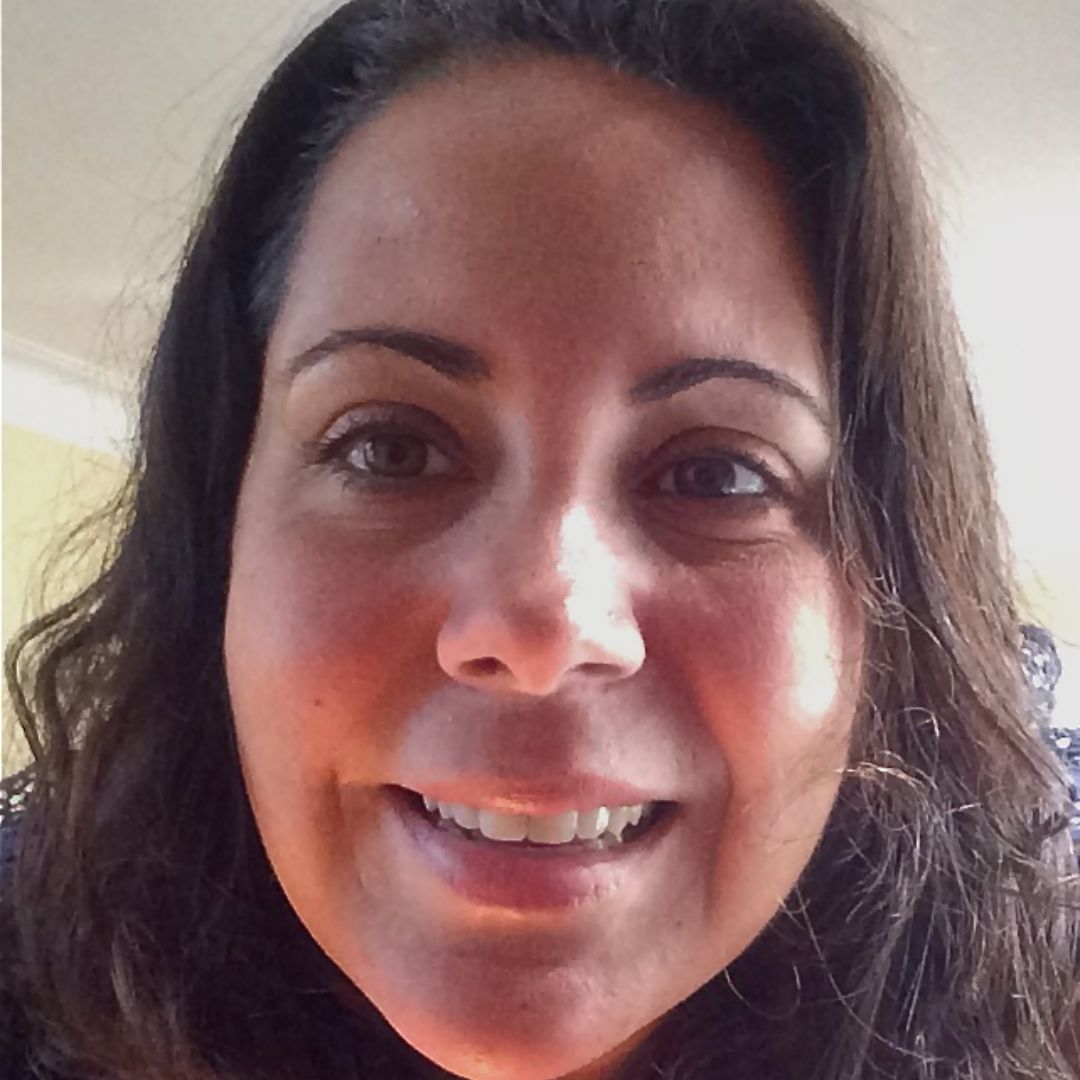
Carissa A.
M.A., CCC-SLP, TSSLD, Speech Language Pathologist

Allison W.
Master’s in Language Pathology
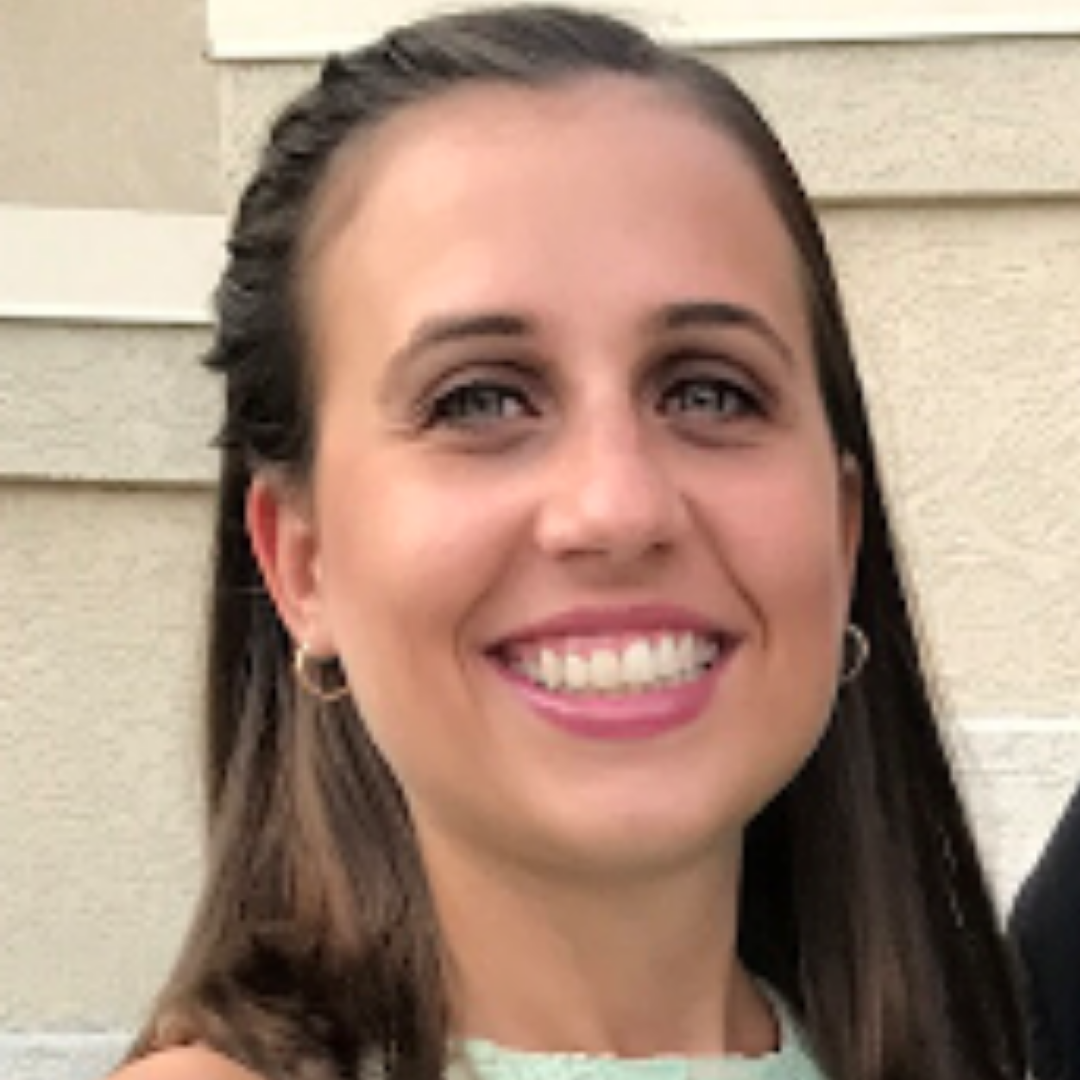
Danielle
M.S., CCC-SLP, TSSLD, Speech Language Pathologist
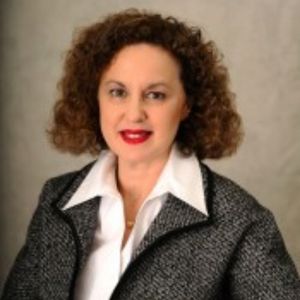
Susan M.
M.S., CCC-SLP, Speech Language Therapist

Jessica M.
New York State Licensed Speech-Language Pathologist and a Certified Teacher of Students with Speech and Language Disabilities (TSSLD); SAT Instructor
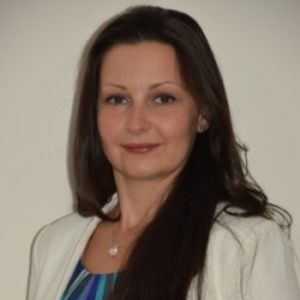
Ewa D.
M.A., CCC-SLP, Speech Language Pathologist
FREE CONSULTATION!!!
Call: (347) 394-3485,
Text: (917) 426-8880
Email: [email protected]
(we respond to email right away!)
